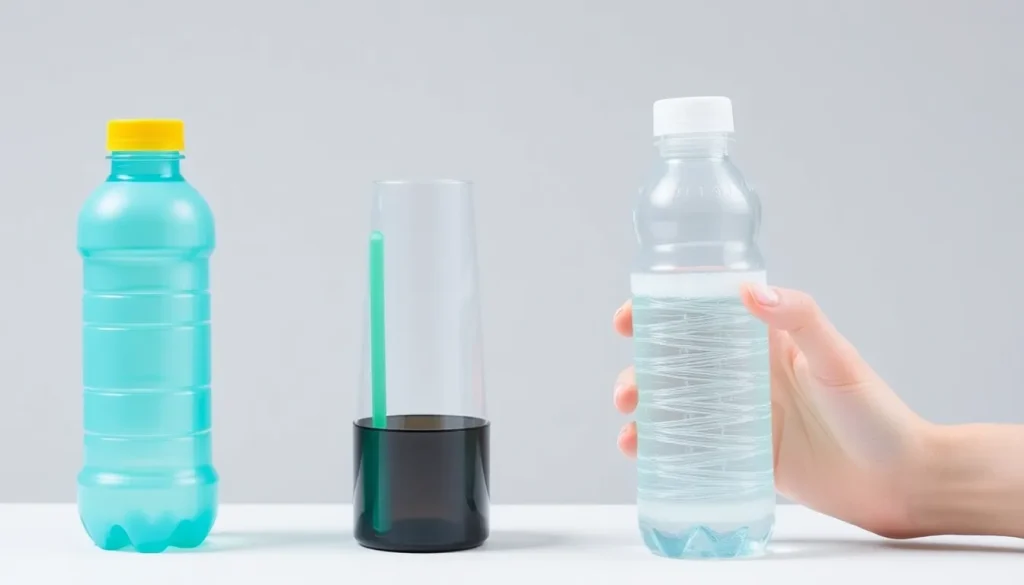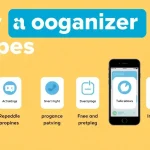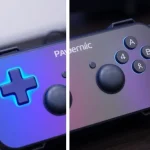Goodbye water bottles: this new invention could change drinking forever

Plastic pollution is a pressing issue that impacts our planet in numerous ways. With water bottles being one of the major contributors to this crisis, innovative alternatives are now emerging. One such invention is edible water bubbles, which not only promise convenience but also aim to tackle the environmental challenges posed by traditional plastic bottles.
As we explore the future of hydration, understanding the implications of our current practices and the potential of these new solutions becomes essential. This article delves into the problems associated with plastic water bottles, the innovative concept behind edible water bubbles, and the journey of their development.
- Understanding the Environmental Crisis of Plastic Bottles
- What Are Edible Water Bubbles?
- The Invention of Edible Water Bubbles
- The Benefits and Challenges of Edible Water Bubbles
- Future Perspectives: Could Edible Water Bubbles Replace Plastic Bottles?
- Exploring Other Innovative Solutions to Plastic Waste
Understanding the Environmental Crisis of Plastic Bottles
Every year, approximately 19 to 23 million tons of plastic are dumped into the world's ecosystems, affecting soil, rivers, and oceans. Alarmingly, only about 9% of this plastic is recycled, highlighting the inefficiency of current waste management practices.
Of this staggering amount, it is estimated that around 40% comes from packaging materials, which includes water bottles. While some companies have transitioned to paper packaging for various products, the switch for water bottles remains complex. This complexity underscores the need for innovative alternatives like edible water bubbles.
What Are Edible Water Bubbles?
Edible water bubbles are small spheres made from a transparent gel comprising sodium alginate and calcium chloride. Sodium alginate is a soluble salt derived from certain algae, widely used as a food additive due to its safety. Calcium chloride serves as a thickening and stabilizing agent, making these bubbles not only safe but also biodegradable. Remarkably, if left uneaten, these bubbles will decompose naturally within just one week.
Each bubble typically contains around 50 milliliters of water, but they can also be filled with other liquids such as juices, sauces, or even medications. This versatility enhances their potential as a practical replacement for traditional plastic bottles.
To consume these bubbles, one simply bites into them, allowing the liquid inside to be released. This interactive way of hydrating can transform the way we think about drinking water.
The Invention of Edible Water Bubbles
The concept of edible water bubbles is akin to the culinary technique known as spherification, which is commonly used in gourmet cooking. The first successful creation aimed at replacing plastic water bottles came from two researchers at the Imperial College London in 2013. They named their invention "Ooho," a term that reflects the surprise and delight of those who tasted them.
Since their inception, the production of edible water bubbles has expanded significantly, particularly for use at events such as sports championships and music festivals, where single-use plastic bottles are prevalent. The growing interest has led to scientists in countries like Switzerland exploring further applications and enhancements to this innovative packaging solution.
Despite their potential, the cost of producing these edible bubbles can be relatively high, which limits their widespread adoption. However, there is hope that advancements in production techniques will eventually lower costs, making them accessible to a broader audience.
The Benefits and Challenges of Edible Water Bubbles
Edible water bubbles offer several advantages over traditional plastic bottles:
- **Biodegradability**: They decompose naturally, reducing environmental impact.
- **Versatility**: Can be filled with various liquids beyond water.
- **Convenience**: Lightweight and easy to transport.
- **Interactive experience**: Engaging way for consumers to hydrate.
However, they also face challenges:
- **Production costs**: Higher than standard plastic bottles.
- **Shelf life**: Limited due to their biodegradable nature.
- **Consumer acceptance**: Requires a shift in mindset regarding hydration.
Future Perspectives: Could Edible Water Bubbles Replace Plastic Bottles?
The potential for edible water bubbles to replace conventional plastic bottles lies in their innovative design and environmental benefits. As awareness of plastic pollution grows, consumers are increasingly seeking sustainable alternatives. The acceptance and adoption of edible water bubbles could signify a significant shift in consumer behavior and packaging standards.
In various countries, edible water bubbles have already gained popularity, particularly in settings where large quantities of single-use plastics are typically used. This trend could pave the way for broader implementation in everyday life.
As we look to the future, it's essential to continue exploring and developing these alternatives. With ongoing research and innovation, there is hope that sustainable packaging solutions, like edible water bubbles, will become a standard practice in our efforts to combat plastic pollution.
To dive deeper into this revolutionary concept, check out this informative video that discusses the future of hydration without plastic:
Exploring Other Innovative Solutions to Plastic Waste
While edible water bubbles represent a fascinating development in sustainable packaging, they're not the only innovation aimed at reducing plastic waste. Here are a few other promising solutions:
- Reusable water bottles: Encouraging consumers to invest in durable, refillable bottles.
- Biodegradable plastics: Developing plastics that break down more quickly in the environment.
- Water refill stations: Public hydration points to reduce reliance on bottled water.
- Education and awareness campaigns: Informing the public about the impacts of plastic pollution.




Leave a Reply